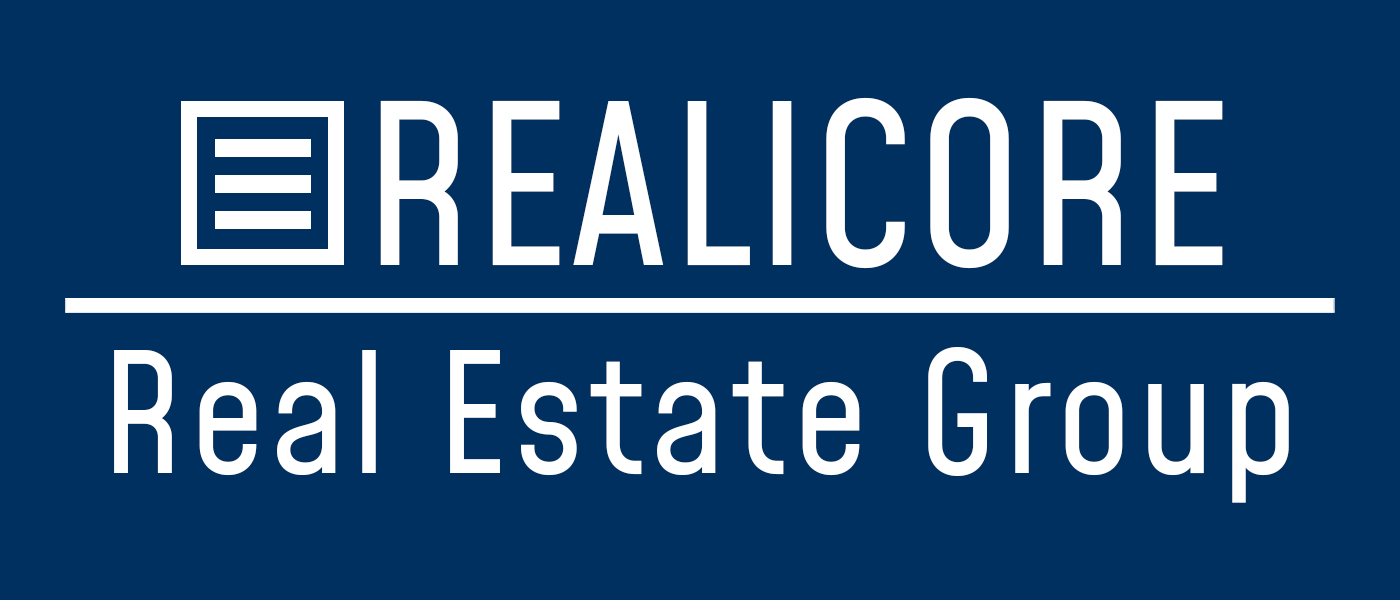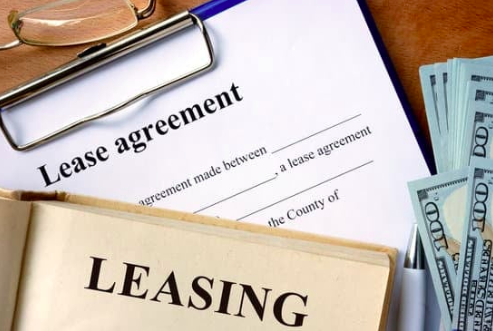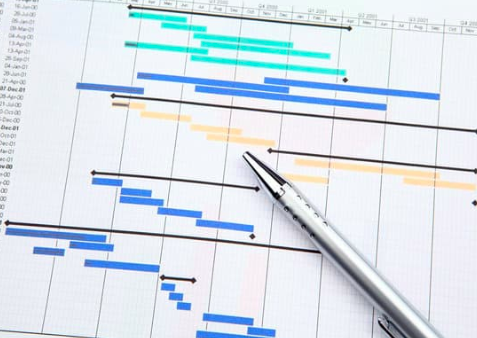Understanding CAM Fees Related to Multi-Tenant Commercial Real Estate
When leasing commercial property, tenants, landlords, and property managers often encounter the term, CAM fees. CAM fees are a crucial aspect of many commercial leases. This article will delve into the essentials of CAM fees, including the types of leases that include them, their benefits, what they typically cover, and how they are calculated.
CAM fees can be helpful and beneficial to tenants, landlords, and property managers in retail or shopping center locations.
What Does CAM Stand For?
CAM stands for Common Area Maintenance. These fees are additional charges that tenants pay, above their base rent, to cover the costs associated with maintaining and operating common areas within a commercial property. Common areas include spaces that all tenants use, such as lobbies, hallways, restrooms, parking lots, and landscaping.
Landlords, property managers, and tenants want to look out for the types of leases that include CAM fees.
Types of Leases That Include CAM Fees
CAM fees are typically associated with two primary types of commercial leases:
Triple Net Leases (NNN): In this type of lease, tenants pay their share of the property's operating expenses, including CAM fees, property taxes, and insurance, in addition to the base rent.
Gross Leases: In a gross lease, the landlord typically includes all operating expenses in the rent. However, there might be instances where the tenant is responsible for CAM fees if specified in the lease agreement.
CAM Fees can be beneficial to tenants and property managers that are involved with commercial property, retail space, or shopping centers.
Who Benefits From CAM Fees?
CAM fees benefit both landlords and tenants. For landlords, these fees ensure that the property is well-maintained without eating into their rental income. For tenants, paying CAM fees helps maintain a clean, safe, and aesthetically pleasing environment, which can attract more customers and enhance their business operations. If you are a single tenant in part of a large shopping center, sharing maintenance costs with other tenants will save you money instead of having to pay for the service all by yourself. Economies of scale come into play as you as the costs are spread out over more than one tenant.
Some concerns of tenants and property managers about retail or shopping center locations are covered by CAM fees.
What's Included in CAM Fees?
CAM fees encompass a wide range of maintenance and operational costs. Typically, these fees cover:
Landscaping and Grounds Maintenance: Upkeep of gardens, lawns, trees, and other outdoor spaces.
Parking Lot Maintenance: Costs for paving, cleaning, lighting, and security.
Janitorial Services: Cleaning of common areas such as lobbies, hallways, and restrooms.
Utilities: Costs for electricity, water, and other utilities used in common areas.
Security: Expenses for security personnel and systems.
Repairs and Maintenance: Costs for repairing and maintaining common area facilities and infrastructure.
Management Fees: Fees paid to property management companies for overseeing the property.
Elevator Maintenance: Commercial properties that are more than two stories are typically required to have an elevator that conforms to ADA standards. They are expensive to maintain and involve heavy regulation. Tenants who have the benefit of using the elevator must pay CAM fees to help maintain the safety and usage of the elevator.
It is essential for property managers and tenants to calculate CAM fees concerning their commercial property.
How Are CAM Fees Calculated?
Calculating CAM fees involves several steps:
Estimating Total CAM Costs: The landlord first estimates the total annual cost to maintain and operate the common areas.
Allocating Costs Among Tenants: The total CAM costs are then divided among the tenants. This allocation can be done based on the proportion of the total leasable area each tenant occupies (pro-rata share) or another agreed-upon method.
Adjusting for Actual Costs: At the end of the year, the actual CAM costs are compared to the estimated costs. If the actual costs are higher, tenants may be required to pay the difference. Conversely, if the actual costs are lower, tenants may receive a refund or credit.
For example, if the total annual CAM costs are estimated at $100,000 and a tenant occupies 10% of the total leasable space, the tenant's share of the CAM fees would be $10,000 per year. This amount is typically billed monthly, so the tenant would pay approximately $833.33 per month in CAM fees.
Tenants and Property Managers even have the tools to project what CAM fees might cost from year to year.
There are Different Ways to Project What CAM Fees Might Cost from One Year to the Next.
Year Projecting Forward: At Realicore Real Estate Group we prefer to project a year forward by using last year’s CAM fees as our baseline year. If the services being provided to the shopping center cost more than the CAM fees charged, the tenants will get an additional bill at the end of the year to make up the difference. If the costs come out lower than expected the tenants will get a refund.
Expended Month: The other way to charge CAM fees is to charge them in the month that the cost is expended, but sometimes the cost of doing major repairs may be hard for a retail tenant to stomach in just one month. In this scenario, it is common for property managers or landlords to break up the cost over several months. You typically do not want to bankrupt your tenants.
CAM fees are an integral part of commercial leasing, ensuring that common areas are well-maintained and operational. By understanding what CAM fees are, the types of leases that include them, their benefits, what's typically included, and how they are calculated, both landlords and tenants can better navigate their commercial lease agreements. Whether you're a tenant preparing to lease a new space or a landlord managing multiple properties, a clear grasp of CAM fees is essential for a smooth and mutually beneficial leasing experience.







